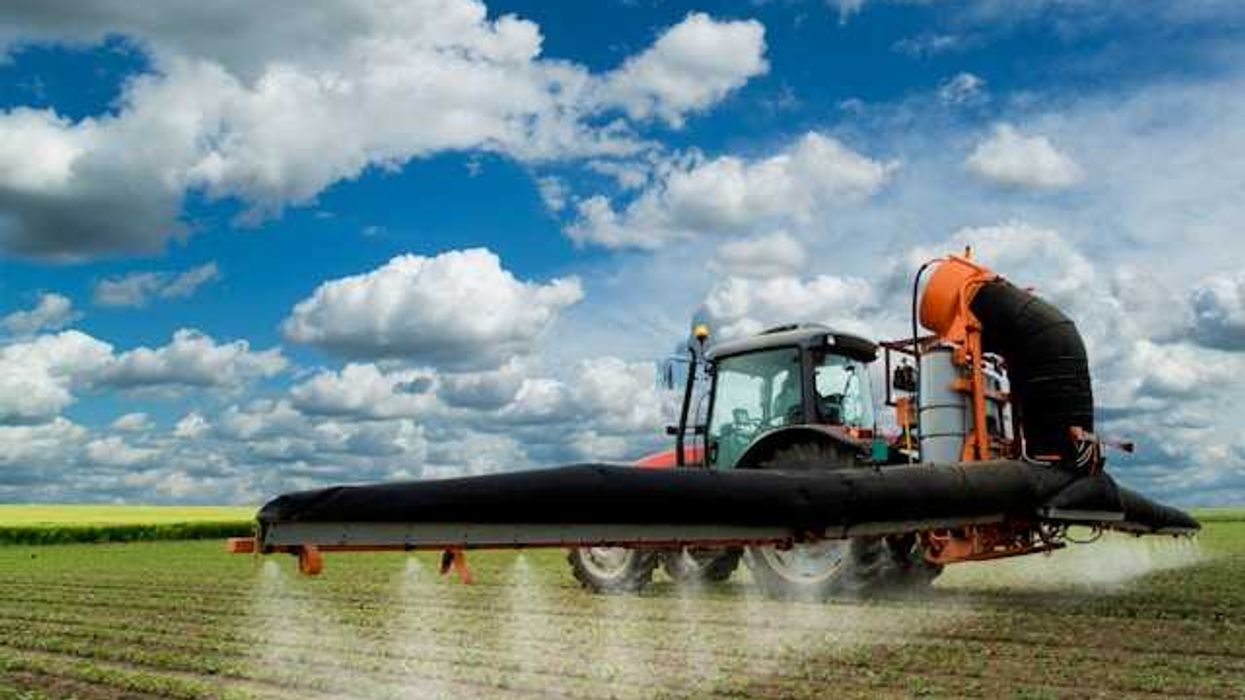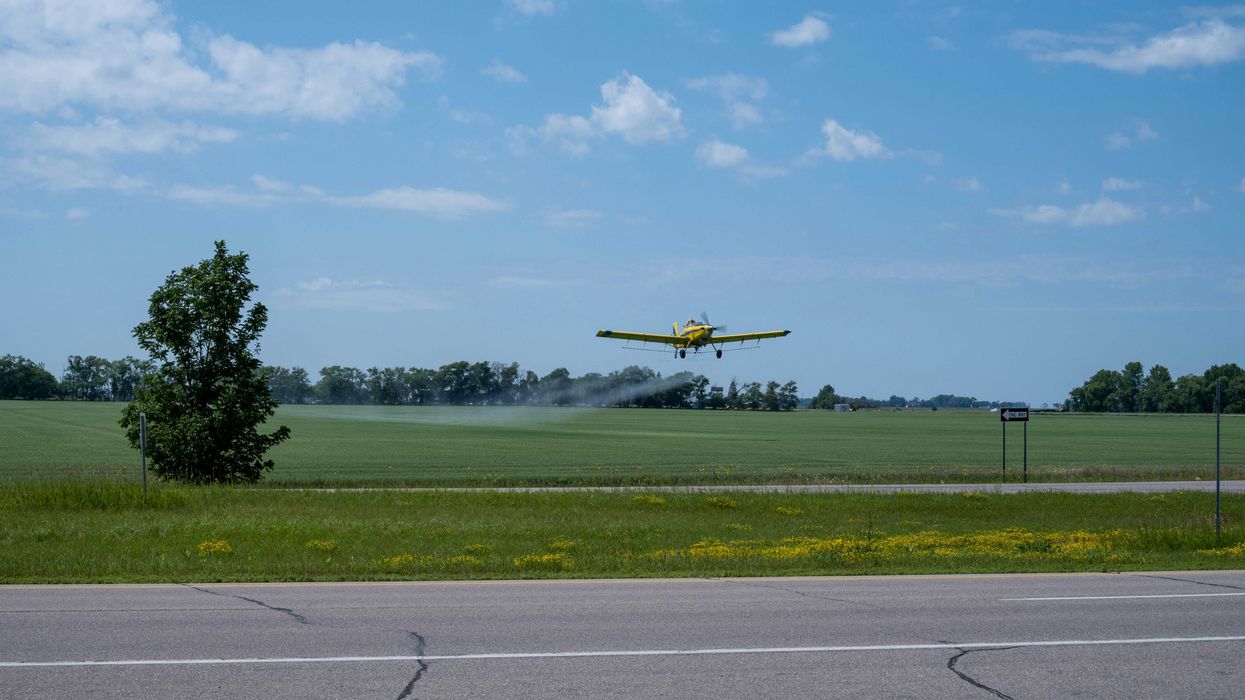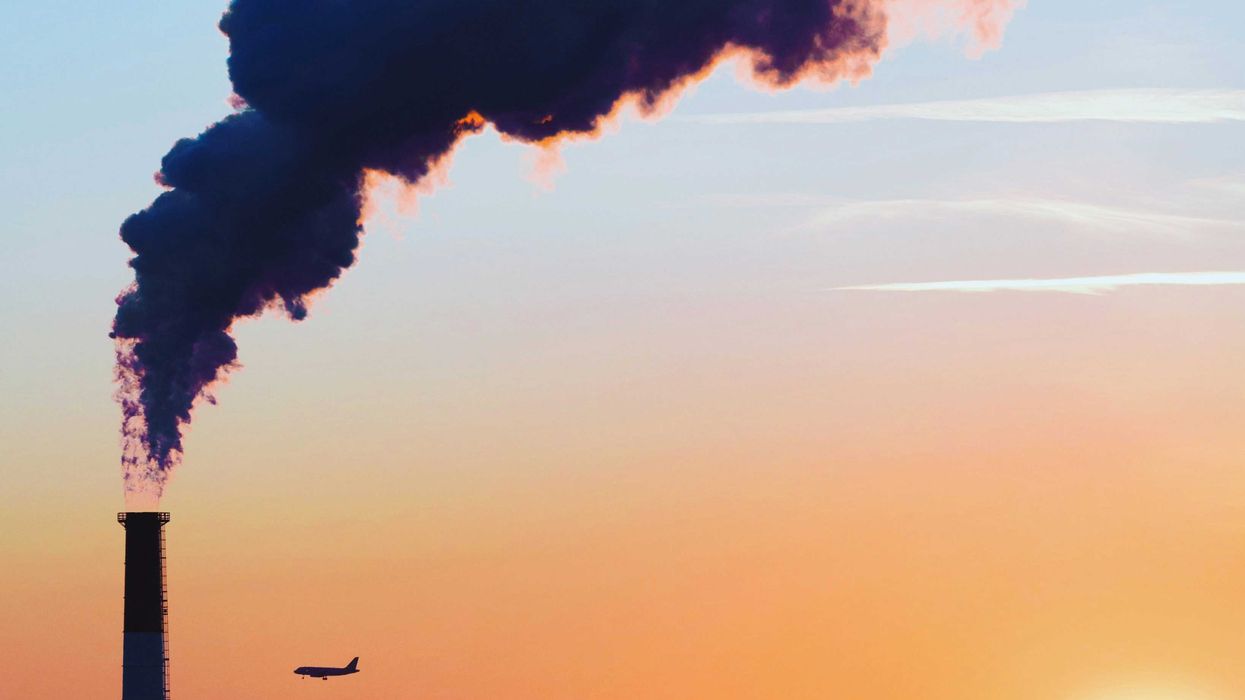A decades-old federal program designed to prevent deadly lung diseases in coal miners is unraveling under new federal layoffs and postponed safety rules.
Meg Duff reports for Capital & Main.
In short:
- Under the Trump administration’s Department of Government Efficiency, nearly all staff in the National Institute for Occupational Safety and Health's (NIOSH) mining research divisions were laid off, pausing projects that monitor and reduce toxic mine dust exposure.
- Although a court ruling restored some NIOSH respiratory health programs, most researchers developing prevention tools and monitoring technologies remain furloughed, even as black lung and other lung diseases surge.
- A rule to limit miners’ silica dust exposure passed in 2024 but was delayed in 2025 amid industry pushback; the Department of Labor also attempted to close mine enforcement offices before reversing course.
Key quote:
“It comes down to how much is a life worth. You want more coal, but you don’t care about the coal miners and what’s happening to them.”
— Anita Wolfe, retired NIOSH mobile clinic director
Why this matters:
Black lung disease, once considered a relic of the past, is making a deadly comeback in younger coal miners, largely driven by exposure to fine silica dust as modern mining techniques disturb more quartz-rich rock. Silicosis and other chronic lung conditions caused by dust are irreversible, but preventable — if workers are properly monitored and dust levels kept in check. Coal is no longer king, but tens of thousands still work in mines, and the rollback of federal mine safety research stalls development of better protections. As older safety strategies lose effectiveness, especially in deeper, more hazardous mining environments, cutting research now risks a new generation of workers getting sick and dying from preventable diseases.
Related: Coal miners are dying of black lung.














